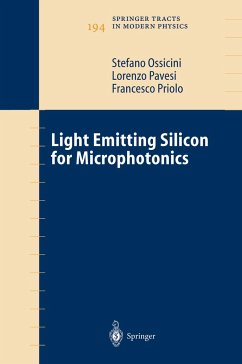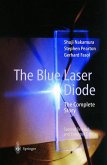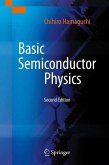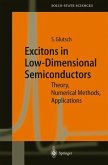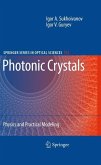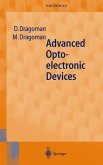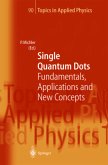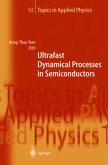This book gives a fascinating report on the state-of-the-art in silicon microphotonics and valuable perspective on what we can expect in the near future. The book presents an overview of the current understanding of obtaining light from silicon. It concentrates mainly on low-dimensional silicon structures, like quantum dots, wires and wells, but covers also alternative approaches like porous silicon and the doping of silicon with rare-earth elements. The emphasis is on the experimental and theoretical achievements concerning the optoelectronic properties of confined silicon structures obtained during recent years. Silicon based photonic crystals are in particular considered, and an in-depth discussion of the route towards a silicon laser is presented. Published results are compared with each other and with the work of the authors. This monograph will be useful not only to physicists, chemists, materials scientists, and engineers interested to the field of microphotonics, but also to graduate students.
Light Emitting Silicon for Microphotonics offers fascinating insight the state-of-the-art in silicon microphotonics and what we can expect in the near future. The book presents an overview of the current understanding of obtaining light from silicon. It concentrates on low-dimensional silicon structures, like quantum dots, wires and wells, but also covers alternative approaches like porous silicon and the doping of silicon with rare-earth elements. The emphasis is on the experimental and theoretical achievements concerning the optoelectronic properties of confined silicon structures, especially sillicon-based photonic crystals, obtained during recent years. Also, an in-depth discussion of the route towards a silicon laser is presented.
Light Emitting Silicon for Microphotonics offers fascinating insight the state-of-the-art in silicon microphotonics and what we can expect in the near future. The book presents an overview of the current understanding of obtaining light from silicon. It concentrates on low-dimensional silicon structures, like quantum dots, wires and wells, but also covers alternative approaches like porous silicon and the doping of silicon with rare-earth elements. The emphasis is on the experimental and theoretical achievements concerning the optoelectronic properties of confined silicon structures, especially sillicon-based photonic crystals, obtained during recent years. Also, an in-depth discussion of the route towards a silicon laser is presented.

